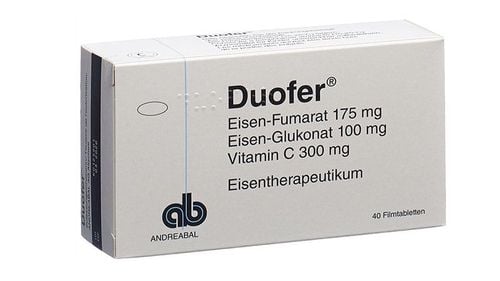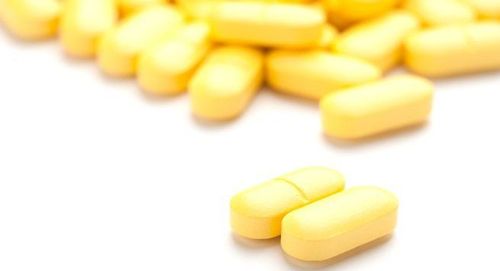This is an automatically translated article.
Iron plays an important role in health, iron deficiency will cause serious problems such as iron deficiency anemia. Let's learn how the body absorbs iron and how to best absorb iron from food or supplements to make iron supplementation effective and safe.1. How is iron absorbed?
Iron can be supplemented with food in daily meals. Food can provide 10mg to 15mg of iron per day, but the body can only absorb about 5% to 15% of the iron found in food. However, those who are at high risk of iron deficiency or have a medical condition caused by iron deficiency should use iron supplements. People with iron deficiency anemia, pregnant women can absorb 20% to 30% of the iron found in food. Iron can be taken as capsules, tablets, chewable tablets and liquid ampoules, with the most common being 325 mg in the form of ferrous sulfate, in addition to the chemical forms gluconate and fumarate. Iron in food is iron in the form of Fe3+ heme or non-heme, while iron exists in the body as iron hydroxide or is bound to proteins. Iron is absorbed starting from the stomach, passing through the duodenum and ending in the small intestine. The body does not absorb Fe3+ and can only absorb F2+, so HCl (hydrochloric acid) and vitamin C (ascorbic acid) are responsible for reducing Fe3+ to Fe2+ for easier absorption by the body. Then, pepsin in the stomach will help separate the iron molecules from the organic compounds so that the iron can combine with sugars and amino acids.Iron is controlled absorption by two factors, the need for iron transport and iron storage in the body. In iron-deficiency anemia, most of the iron is absorbed into the intestinal lining, into the bloodstream, and into the portal vein. If there is an excess of iron, the amount of iron absorbed into the intestinal lining will decrease. Excess iron combines with apoferritin to form ferritin in the cytoplasm of intestinal mucosal cells. Finally, ferritin will be excreted into the intestinal lumen and the intestinal epithelium is shed.
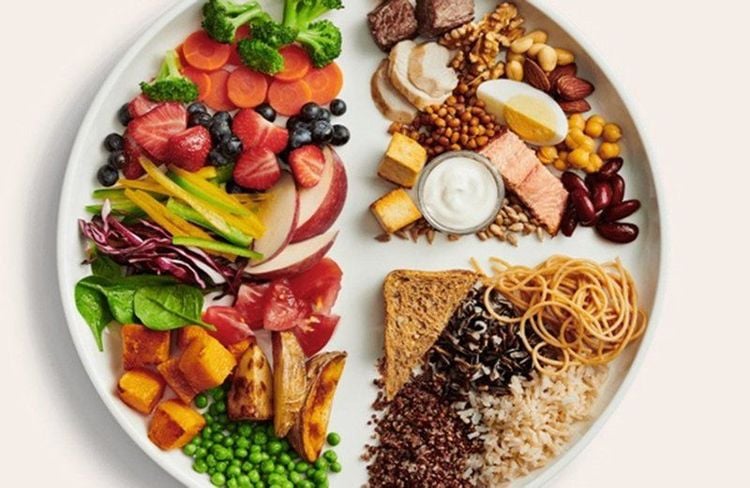
Sắt có thể được bổ sung bằng thực phẩm trong bữa ăn hàng ngày
2. What does the body do to best absorb iron?
Usually, iron is best absorbed on an empty stomach, which is less likely to cause serious problems. However, in some people, taking iron supplements can cause stomach cramps, nausea, and diarrhea. In this case, the user may need to take an iron supplement along with a small amount of food to limit unpleasant digestive symptoms.Besides taking iron away from meals, users should not take milk, calcium and antacids at the same time as iron supplements. That means you should wait at least 2 hours after eating these foods before taking iron for the best iron absorption.
In addition, for the best absorption of iron, it is best not to take iron with eating foods rich in fiber, such as whole grains, raw vegetables and bran; foods or beverages that contain caffeine.
On the contrary, supplementing with vitamin C at the same time or drinking orange juice when loading iron for the body will increase the body's ability to absorb iron best.
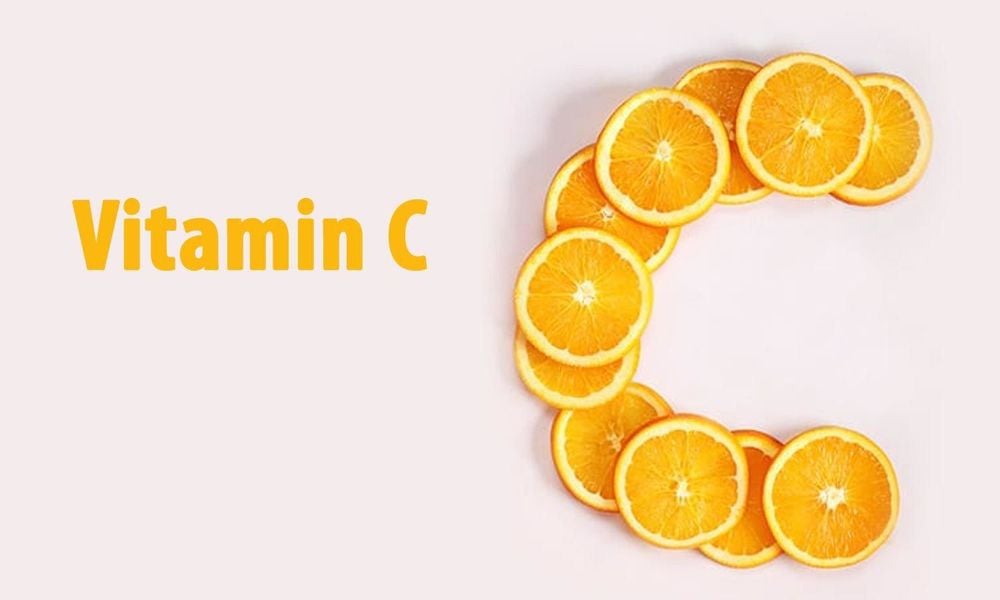
Bổ sung đồng thời vitamin C hoặc uống nước cam khi nạp sắt cho cơ thể sẽ cơ thể tăng khả năng hấp thụ sắt tốt nhất
3. What drug interactions are possible with iron supplements?
Drug interactions can change how the drug works, effects, and effectiveness, or can even increase your risk of serious side effects. Some products that can interact with iron leading to inhibiting iron absorption and reducing drug activity include: quinolone and tetracycline antibiotics; proton pump inhibitors such as omeprazole, lanzoprazole; antacids containing aluminum hydroxide Al(OH)3, magnesium hydroxide Mg(OH)2, drugs that affect thyroid hormone such as levothyroxine; cardiac glycosides such as Digoxin; high blood pressure medications such as methyldopa.Therefore, in order to avoid drug interactions and best absorb iron, users need to be separated from these drugs with at least 2 hours of iron intake.
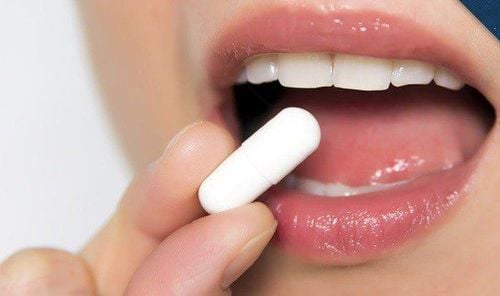
Để tránh tương tác thuốc và việc hấp thu sắt tốt nhất, người dùng cần uống cách xa các thuốc này với thời điểm uống sắt tối thiểu ít nhất 2 giờ
4. What side effects can be encountered when taking iron supplements and how to limit them?
When you take iron supplements, you will easily notice black stools. This sign is normal when taking iron and is not harmful. However, you need to contact your doctor immediately if you notice the following signs:Black stools and tar-like appearance In the stools red streaks Cramping, sharp pain or abdominal pain occurs User Iron supplements are prone to common side effects such as constipation and diarrhea, which at higher doses can lead to nausea and vomiting. If you're bothered by any of the above, talk to your pharmacist or doctor for instructions on taking a stool softener such as docusate sodium (Colace) to help with constipation, or changing your iron dose or form. iron to avoid nausea and vomiting.
Vinmec International General Hospital is one of the hospitals that not only ensures professional quality with a team of leading medical professionals, modern equipment and technology, but also stands out for its examination and consultation services. comprehensive and professional medical consultation and treatment; civilized, polite, safe and sterile medical examination and treatment space.
Besides, liquid iron can stain teeth. If your teeth are stained, try brushing with baking soda or peroxide. Another treatment is to use a straw to take medicine to limit liquid iron contact with teeth.
Please dial HOTLINE for more information or register for an appointment HERE. Download MyVinmec app to make appointments faster and to manage your bookings easily.
References: medlineplus.gov, webmd.com , hemochromatosishelp.com





